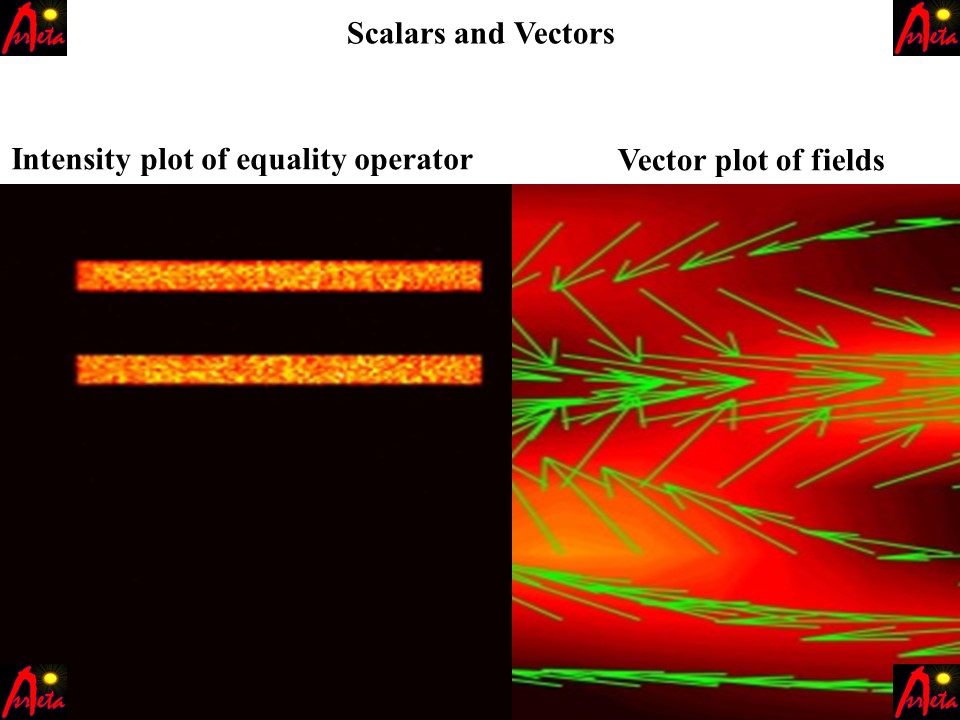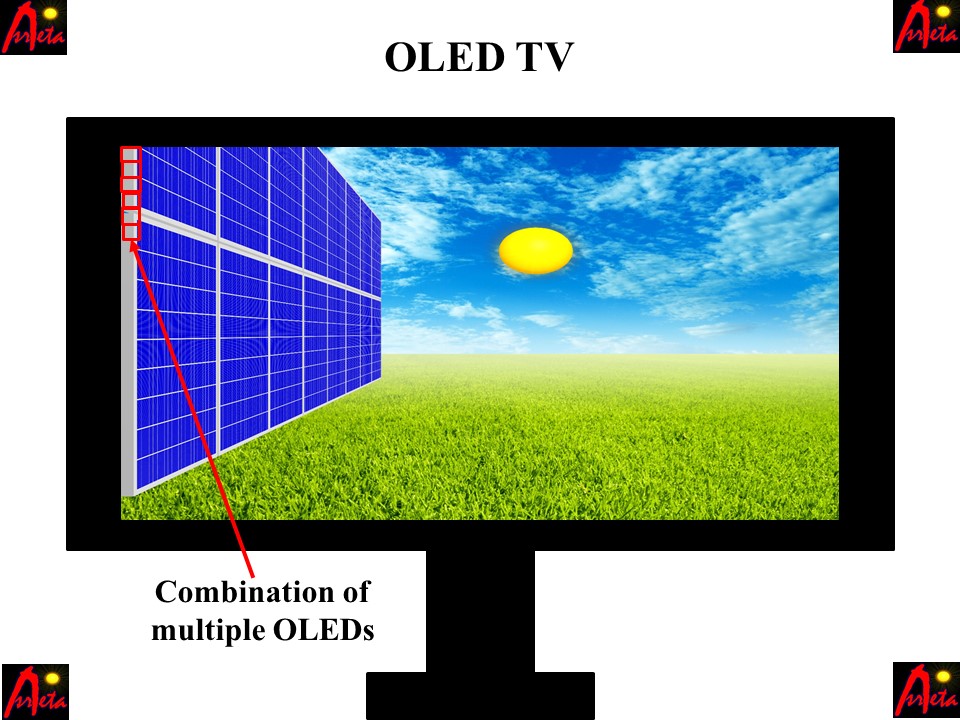Chirality is the object’s inability to be superimposed on its mirror image and therefore, chiral objects are not superimposable on their mirror image. On the other hand, achiral objects are those objects that “are” superimposable on their mirror images. These concepts of chiral and achiral objects can be better understood by the examples of hand and a glass. Our hands are mirror images of each other but the mirror image of either hand is not superimposable on that particular hand. The glass, however, can be superimposed on its mirror image and it is, therefore, achiral as shown in Fig. 1.

The set of two different images resulting from a chiral object are called enantiomers. Enantiomers refer to the mirror images that have the same constituent elements but they are not superimposable on one another. For our example, the two mirror images of our hand are enantiomers, since they both have four fingers and a thumb but they cannot be superimposed on each other. The enantiomers belong to a broader category of stereoisomers (molecules with the same formula but having a different arrangement of molecules), which also has a type known as diastereomers. The diastereomers are not mirrored images of each other but have the same chemical formula.
From this discussion, it can also be assessed that the chiral objects or chiral molecules do not have a plane of symmetry. Chirality can be useful in understanding the behavior of a molecule or an object. Here, two instances of chirality are discussed i.e., chiral molecules in organic chemistry and chirality-dependent optical properties.
Chiral molecules in organic chemistry
Chirality plays an important part in organic chemistry where the behavior of different molecules changes depending upon the chirality. It is observed that some active chiral molecules used for therapeutic purposes have an enantiomer that is toxic. This means that the toxicity of a molecule also depends on its chirality (if it is present). Therefore, while designing a drug, the effect of chirality cannot be ignored and a therapeutic enantiomer is present.
Chirality in chiral objects is also used for detection purposes.
Chirality dependent optical properties
The outcome of light-matter interaction is governed by the refractive index of the material. It is the refractive index that dictates the outcome reflection, transmission, or absorption by that particular object. Light has different polarizations, and if we take an unpolarized source, it will have circular polarization, elliptical polarization, and linear polarization. If we consider two different types of circularly polarized light beams, these beams will interact differently for chiral objects. This light-matter interaction will yield two unique complex refractive indices for a single object or material. This means we can design a structure to behave differently for different polarizations. Designing chiral objects and chiral nanostructures to manipulate different polarizations in the microwave and optical regimes is an active research area. This behavior of light conceiving different refractive indices for a chiral structure or a chiral object is also applicable to some beetles. These beetles show different colors under reflection for different wave polarizations.
Further readings
If you found this topic interesting, you might be interested in reading the following posts.
-

Demystifying Solar Panel Specifications: Your Guide
-

Lecture 1 on Vector Algebra and different vector operations
-

Construction, working, and new technologies of OLED TV

Dear Prof., I’m learning to use the fdtd lumerical towards researching on chiral metalenses.
I like the contributions reference materials here on the subject, it’s very insightful!
Also, do you allow for one-on-one sessions (virtually) for more and specialized training?
Kind regards,
Johnston
Dear Johnston,
Sure. Please contact on the given email address.